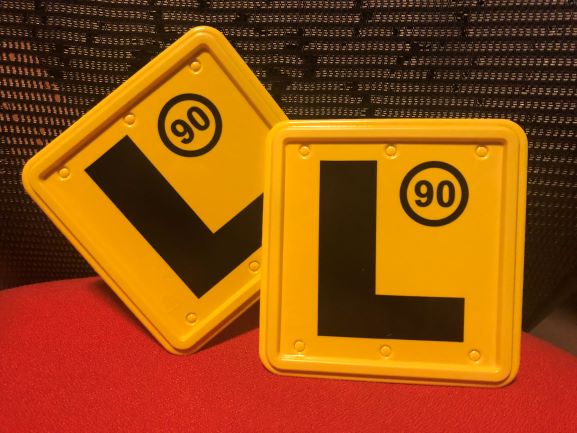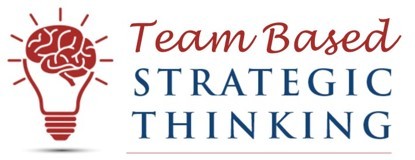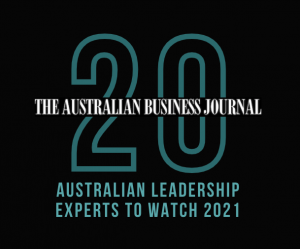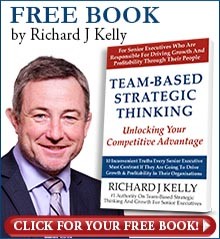
How Did You Learn to Drive?
My youngest son recently passed his driver knowledge test and was officially a “Learner Driver”. In NSW you have to get a 95% pass rate to attain your leaners permit, so it’s fair to say you need to have a comprehensive knowledge of the road rule and their application. The test has many scenario situations where you need to choose the correct alternative, it’s not just a regurgitation of rote learnt knowledge.
The First Drive
So, off we go for our first drive (in a local vacant car park!). My son has spent hundreds of hours playing car driving games that simulate what he thinks will be an easy transition from driving a car in a game to the real-world application of driving a 1 tonne motor vehicle.
The first issue is the force and sensitivity needed to operate the brake and accelerator (thank God it wasn’t a manual car!). My son was starting to have a dawning sensation that this is going to be a lot harder than he thought. He was challenged by the sensory overload of merely driving around a vacant car park and was literally unable to comprehend driving on an open road with other cars about.
So Just to Recap
So just to recap, we have just gone through how to start the car. The standard stuff, seat belt fastened, adjusted the seat, check mirrors, foot on brake, make sure car is in Park gear and handbrake on, start ignition (3 clicks), select Drive, take off handbrake, take foot off brake and hit accelerator. Simple?
We slowly lurched forward as he tentatively put his foot on the accelerator only to quickly retreat to the safety of the brake. This we did for the first 20 metres until…. we needed to turn!
“Turn, turn, turn the wheel!” came my urgent instructions! You probably guessed by now, the quarter turn on a gaming console to navigate a corner, just doesn’t cut it in the real world. When we started the day, I hadn’t thought too much about what was required in teaching my son to drive. I had an older boy that I had successfully instructed to drive and I have over 30 years of driving experience. I’m a seasoned professional or so I thought. We got through the first lap and stopped.
Instructor to Coach
“That was a lot harder than I thought it would be” said my son. (Just to reiterate we had driven an 80m circuit around a vacant car park!). Now I instinctively flipped from instructor to coach, and all I did was ask “why” and listened. I reaffirmed to him that everybody finds it hard to start with and that with practice it would become much easier. So, around the car park we went again and again, with the same debrief after each circuit and by the next afternoon he was able to drive around the back streets near our house.
Now the next morning I had an epiphany. What if our business simulations only really got you to think a quarter turn around the corner, not the full turn required to successfully navigate a corner in the real world? Was that still useful? In some way, shape or form, better than not having attempted it in a simulated environment? Have I been wasting my time for the last 15 years? I was somewhat in a state of distress.
Then I reflected on what had actually occurred.
That Would Make it a Game
Those of us who have been in the business simulation game for a long time know that the simulation itself is the means to the end, not the end itself. That is, it is not just about playing the simulation that imparts the learning. That would make it a game where the learning is tacit at best. The art of a business simulation workshop is in its skillful facilitation and debrief where issues and challenges that are encountered in the simulation are related to the real world challenges of your business. This leads you to a new path of action with clarity, focus and urgency.
That was my Simulation!
So, as I unpacked this all in my head: the carpark, that was my simulation! A simplified model of reality, which had enough reference points to give it face validity to the learner (ask my son). Obviously, the car was a real car, just in the same way we create a thinking environment as a vehicle that replicates the real tensions and trade-off in both qualitative and quantitative business decision making. However, the key to the learning was in the debrief at the end of each circuit. We progressed through the driving challenges in much the same way as you progress through the rounds of a simulation, overwhelmed at first but as each new challenge becomes progressively harder we find ourselves being able to rise to the occasion. The experience (aka learning) in prior rounds leads to confidence in participants to attempt these harder challenges. That is, they are able learn and grow in a risk-free environment. The car park was my risk-free environment!
Impact on Society
The stakes are high in learning how to drive. We as seasoned drivers sometime forget that the margins of error for a collision and potential tragedy are slim. So, are they in the business world. You may not get the direct loss of life, but poor business decisions can have a monumental impact on the quality of life of thousands of people and the associated economic impact of job loss and consequential social upheaval. Think of a broken business model and the resulting impact the industry disruption has on people who are directly (and indirectly) affected.
So, I am now reinvigorated on the pivotal role that business simulations have in preparing our future business leaders. I would be really interested in people’s thoughts and comments on the above.
Please Take the Survey
If you would like to participate in my research on this topic, please click on the link below to complete a quick 5-minute survey. You will receive a comprehensive 13-page report benchmarked to over 1000 respondents so far.
https://teamstrategicthinking.com//take-the-survey/
Further Reading
To understand Edgar Shein’s view on the “anxiety of learning” and its impact on change you may be interested in this seminal 2002 interview he did with Diane Coutu and published by Harvard Business Review.
“Your organisation is perfectly designed for the results that you achieve” – W.Edwards Demming



